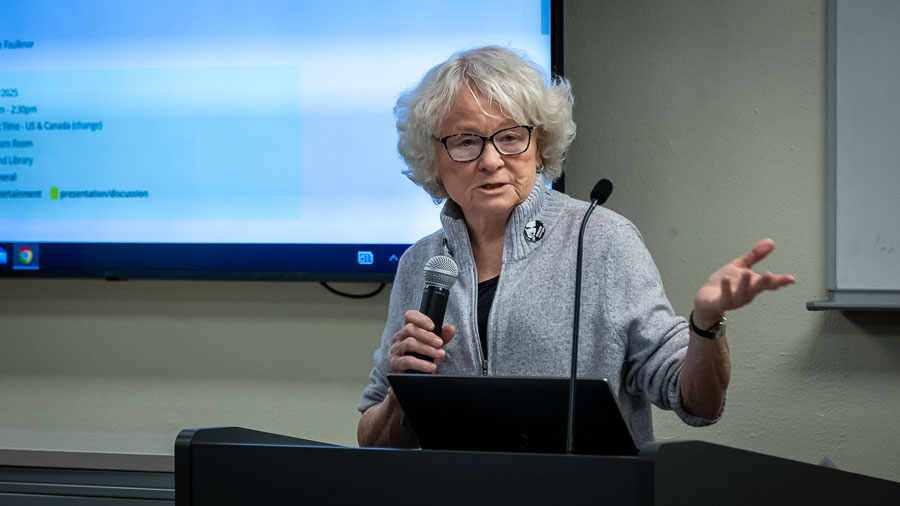OUR VIEW: Defining good stewardship of our lands can take many forms
Published 5:00 am Thursday, December 28, 2023

- OUR VIEW LOGO (NEW)
The premise that we — as good citizens of Planet Earth — are entrusted with maintaining “stewardship of the land” is a concept that can be traced to the first book of the Bible.
Our challenges in doing so might have grown, particularly as our environment has evolved and civilization has made its ecological impact known, but the fundamentals of being proper stewards haven’t really changed.
Protect the resources. Don’t strip bare that which the land provides. Replenish, when needed, those areas that have suffered damage.
In short, although people’s definitions can vary, do no harm.
We can see this stewardship in the restoration efforts along Bear Creek, in the areas primarily in Talent and Phoenix where the Almeda Fire scorched its banks.
The Bear Creek Natural Resource Plan, created earlier this year, lays the groundwork for bringing the area back to life through a combination of funding sources and the collaboration of communities, agents, nonprofits and those committed to working together.
Far-reaching objectives — including water quality, safety, habitat protection and restoration, the removal of invasive species, among others — continue to be achieved because all involved came together in service to the primary goal or preservation of a natural resource.
“The take-home message is that there is a group that is working on restoration in the Upper Rogue, specifically in Bear Creek,” said Greg Stabach, natural resources program director for the Rogue Valley Council of Governments.
“There is a plan, and we are following the plan.”
Stewardship can also be witnessed in the plans being made for dealing with an ecological emergency — the increasing death totals of Douglas fir trees across Southern Oregon.
Federal, state and local agencies have surveyed the increasing damage, which poses a significant threat should wildfire rip through areas heavily impacted by drought and beetle infestation.
“It’s shocking what we’re seeing,” Lisa Meredith, a silviculturist with the Bureau of Land Management, said after seeing a critically stressed area of the Applegate. “It’s scary.”
Removal of the dead and dying trees through selective logging is being proposed in the plan, which is open for public comment through Jan 7. Environmentalists recognize the issue of the low-elevation, small-diameter firs, with George Sexton of KS Wild adding that “it’s way past time to start addressing the climate crisis or we’re going to see more problems ahead.”
The Biden administration has weighed into the matter of forest management by adopting the first nationwide amendment in the 118-year history of the U.S. Forest Service’s strategic plan — a move it says will adopt an “ecologically driven” approach to old-growth trees within national forests.
Meanwhile, what constitutes proper stewardship of federal lands could come once again before the U.S. Supreme Court in a request made to reconsider the actions of previous administration in shielding the Cascade-Siskiyou National Monument.
U.S. Rep. Cliff Bentz, a Republican whose district includes the Rogue Valley, is asking the justices to reconsider challenges filed after the monument was created by President Bill Clinton in 2000, then expanded under President Barack Obama in 2017.
Those designation, taken under the Antiquities Act, ended the practice of permitted logging in the area, which had been undertaken for decades.
In his request, Bentz said the Democrat presidents had acted to “‘monumentize’ millions upon millions of acres of public land, rendering massive areas largely untouchable,” adding that his objective was about “protecting our public lands from being left to burn up, and that they can be properly managed with their best interest in mind.”
As is often the case, the difference between “stewardship” and “do no harm” is in the eye of the beholder.










